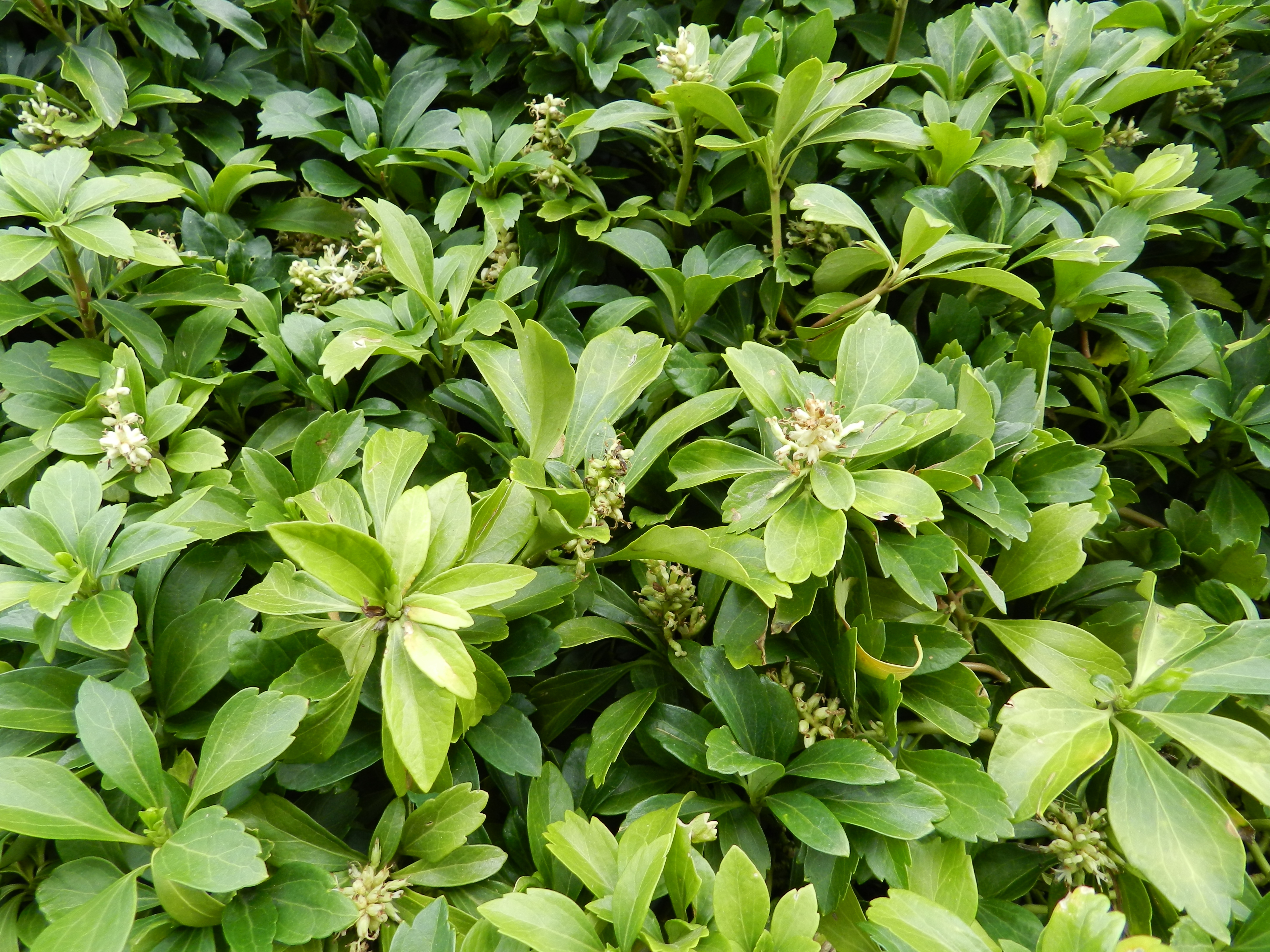Allegheny spurge
(Pachysandra procumbens)

Description
Pachysandra procumbens, also known as Allegheny spurge, is a species of flowering plant in the boxwood family Buxaceae. It is a low-growing evergreen ground cover native to eastern North America, primarily found in the Appalachian Mountains. In this article, we will delve into the various aspects of this fascinating plant, including its description, habitat, cultivation, and uses. Description Pachysandra procumbens is a creeping, semi-evergreen plant that typically grows to a height of 6-12 inches and a spread of 12-24 inches. The leaves are leathery, glossy, and deep green, with a slightly serrated edge. They are arranged in a rosette pattern and grow up to 4 inches long and 2 inches wide. The plant produces small, fragrant, white to pinkish flowers on short spikes in late winter or early spring, which give way to small, round, red berries that persist into late summer. Habitat Pachysandra procumbens is native to the eastern United States, where it can be found in a variety of habitats, including deciduous forests, woodland edges, and rocky slopes. It is particularly common in the Appalachian Mountains, where it grows in moist, well-drained soils with a slightly acidic pH. The plant is adapted to both sun and shade, although it prefers partial to full shade. Cultivation Pachysandra procumbens is a relatively easy plant to grow, making it a popular choice for ground cover in shady areas. It prefers moist, well-drained soil with a pH between 5.5 and 7.0. The plant can tolerate a range of soil types, including sandy, loamy, and clay soils, but it does not tolerate waterlogged conditions. Propagation can be done through division or stem cuttings in the spring or fall. The plant can also be propagated through seed, although this method is less reliable. Pachysandra procumbens is generally disease and pest-resistant, although it may be susceptible to fungal diseases in humid conditions. Uses Pachysandra procumbens is primarily used as a ground cover in shady areas, where it can help suppress weeds and provide a lush, green carpet of foliage. The plant is particularly effective when planted in mass, where it can form a dense, low-growing mat that is both visually appealing and low maintenance. In addition to its ornamental value, Pachysandra procumbens also has some medicinal uses. The plant contains compounds that have been shown to have anti-inflammatory and anti-tumor properties, although more research is needed to fully understand the potential therapeutic benefits. Conclusion Pachysandra procumbens is a versatile and attractive plant that is well-suited for use as a ground cover in shady areas. Its glossy foliage and fragrant flowers make it a popular choice for gardeners, while its adaptability and disease resistance make it easy to grow. With its potential medicinal uses, Pachysandra procumbens is not only a beautiful addition to the garden but also a plant with potential health benefits. Whether you're a gardener, herbalist, or simply a lover of plants, Pachysandra procumbens is a species worth exploring.
Taxonomic tree:







